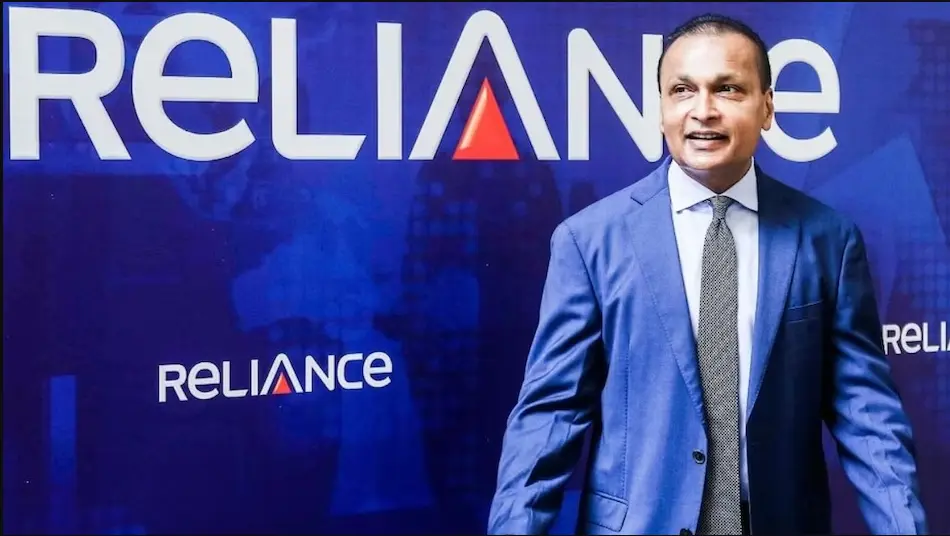
Search Assignments
Table of Contents
Our Experts

Search Assignments

Customers Reviews
In a stunning twist that has set tongues wagging across India’s renewable energy sector, Reliance NU Suntech, a subsidiary of Reliance Power, secured India’s biggest 930 MW solar project from the Solar Energy Corporation of India (SECI).
A staggering pricing of ₹3.53 per kilowatt-hour was supported by the tender- an impressive feat under normal circumstances but rendered extraordinary given the storm of controversy surrounding the company mere weeks earlier.
Just weeks ago, SECI imposed a three-year ban on Anil Ambani’s Reliance NU Suntech for allegedly submitting fake bank guarantees in a bid for a standalone battery energy storage system.
Surprisingly, the ban was lifted before NU Suntech won the bid. Shockingly, the awarded tariff of ₹3.53 per kilowatt-hour is 23% higher than the 2022 benchmark and up to 40% higher than recent averages.

The 930 MW award to Reliance NU Suntech, which was part of the 2,000 MW SECI bidding round for ISTS-connected solar projects with energy storage, is currently being intensively investigated. While it is the largest individual award in the tender, the focus is on the circumstances behind its allocation and the premium tariff that comes with it.
Other bidders in the SECI tender included:
Reliance NU Suntech won the tender with the most shares, despite having a higher tariff of ₹3.53 per kilowatt-hour. It raises doubts regarding the bidding procedure and the elements that influence SECI's decision-making. The controversy surrounding the company, along with the huge premium over industry averages, has placed a pall over what should have been a watershed moment for India's renewable energy market.
Just weeks before obtaining the contract, the Solar Energy Corporation of India (SECI) prohibited Reliance Power from competing in SECI contracts for three years. The prohibition was imposed in response to claims that Reliance NU BESS, a subsidiary of Reliance Power, submitted false documents in order to acquire a contract for standalone battery energy storage systems.

In a dramatic reversal, SECI withdrew its ban on Reliance NU Suntech on December 3, 2024, barely a week before the company secured its 930 MW project. The ban reversal comes after the Delhi High Court granted a stay order on November 26, 2024. The ban reversal has temporarily relieved Reliance Power and its subsidiaries from the debarment.
Reliance Power argued that SECI had failed to follow due process and violated the principles of natural justice by not issuing a show cause notice. Reliance Power argued that they were not allowed to clarify their position before the decision was made.
Reliance Power also claimed that the alleged submission of forged documents was the result of a conspiracy involving third parties, which they supported by filing a complaint with authorities against those responsible for the alleged fraud. The entire case was framed around victimization by fraud rather than deliberate misconduct.
During the decision, the court also considered that since all the subsidiaries are separate entities, hence, one ban does not apply to all the subsidiaries of Reliance Power.
During the final verdict, the court noted that the imposition of the ban by Solar Energy Corporation of India (SECI) lacked due process and the ban was lifted. The prohibition was overturned mere weeks before Reliance Power won the contract.
The project’s winning traffic of INR 3.53 per kilowatt-hour is raising as many questions as the reversal of the ban. The awarded tariff of ₹3.53 per kilowatt-hour is 23% higher than the 2022 benchmark and up to 40% higher than recent averages.
In comparison, the premium is significant and raises questions about the cost competitiveness and value for money. Industry insights suggest that it might reflect a risk premium for Reliance NU Suntech, given the controversies surrounding the company.
The significant premium of ₹3.53 per kilowatt-hour compared to the 2022 benchmark of ₹2.30 and recent averages of ₹2.50 to ₹2.87 doesn’t just raise questions in boardrooms—it hits closer to home. For the common man, this “risk premium” essentially means that the controversies and uncertainties surrounding Reliance NU Suntech will translate into higher costs for the electricity we consume.
When large-scale solar projects are awarded at tariffs higher than the industry norm, the burden often trickles down to everyday consumers. Whether through higher electricity bills or increased government subsidies funded by taxpayer money, it is ultimately the “Aam Aadmi” (common man) who ends up footing the bill.
This isn’t just about one project or one company—it’s about trust in the renewable energy transition. Just weeks ago, the US Department of Justice opened an investigation into claims that Adani coordinated a $250 million bribery scheme to secure lucrative solar energy contracts in India.
When bidding processes are surrounded by controversy, and prices rise without clear justification, it undermines the promise of clean, affordable energy for all.
For a country where energy access and affordability remain key concerns, such risk premiums raise uncomfortable questions. Why should the average Indian pay more because of the murky dealings and alleged missteps of major corporations? And what measures are being taken to ensure that such costs don’t continue to rise in the future?
With a tariff of ₹3.53 per kilowatt-hour—higher than the 2022 benchmark but still lower than coal or natural gas energy prices—this deal should, in theory, be seen as a step forward for cleaner, more affordable energy. However, the questions surrounding this project are not being asked nearly enough.
The underlying issue here is not the price tag, but how the entire process has played out—one of corporate manipulation, unexpected policy reversals, and questionable bidding methods.
The recent lifting of Reliance NU Suntech's three-year suspension, shortly before they secured the bid, has left a bitter taste. It raises questions about the transparency and fairness of the bidding process.
While the tariff remains competitive in comparison to fossil fuels, any price premium, no matter how tiny, inevitably falls on the average person. Whether through higher electricity bills or the possibility of additional government subsidies supported by taxpayers, it is the "Aam Aadmi" that bears the brunt of the cost, even when the numbers appear to favor clean energy.




No Comments